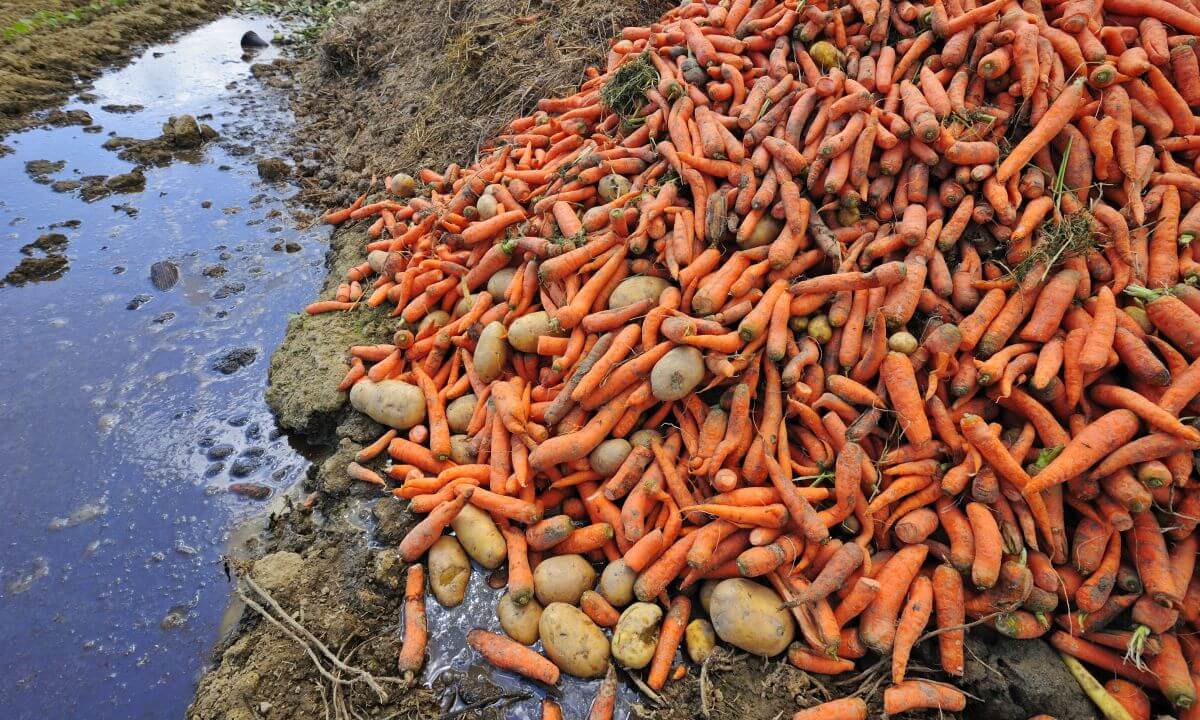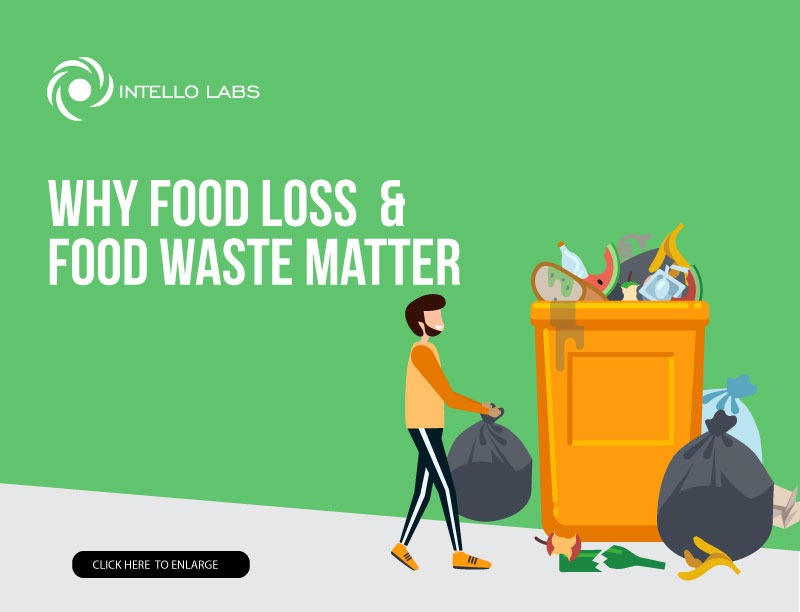
Three workable, practical tips for food businesses to cut down on food loss
Our world needs a jarring wake-up on the amount of food we waste. To that end, the Food and Agriculture Organisation of the UN (FAO) is celebrating the first International Day of Awareness of Food Loss and Waste on 29th September.
Leading up to the #FLWDay, we’ll be posting a macédoine of resources on the subject. Why? Because reducing food loss, particularly fresh fruits and vegetables, is an issue very close to our hearts.
To kick-off, we begin with the ‘how’ – how businesses can cut down food loss.
There are plenty of ways to reduce food loss. The starting point is “what gets measured gets managed.” When you quantify how much or where food is being lost or wasted, you work towards minimising it.
Another is finding a home for fruit and vegetables that would have stayed in fields to rot or chucked in bins because they were too ‘unattractive’ for sale. This is what Wtrmln Wtr does with, well, watermelons.
Then there are businesses like Thornton’s Budgens who created an in-store hot food counter to achieve zero-waste. Instead of throwing fresh produce that’s unlikely to be sold, they prepare fresh, hot meals for customers out of it.
The point is there is a plethora of hacks to cut down food loss, some laughingly obvious and some far more complex. To keep things simple, we share three practical and workable ways to reduce food waste. One each for farm, processing and retail stage. They are taken from our experience partnering with growers, packers, aggregators, exporters, and retailers.
1. Improve Grading Techniques
At the farm level, poorly timed harvest and inadequate techniques are the two main contributors to food loss. Both result in inferior desired attributes.
Produce quality meters
Pick immature fruits and vegetables, and the quality, taste and appearance go for a toss. Harvest them too late, and the perishable produce doesn’t reach the market on time.
A simple fix is using produce quality meters such as the F-751-Mango quality meter. The tech lets farmers know when their produce is perfect for harvest, reducing loss and crop spoilage.
AI-based grading tools
When humans sort and grade produce, they make errors. That’s a given. One such mistake is allowing low-grade fruit and vegetables to go down the supply chain. Another is sorting inaccurately.
AI-based sorting and grading tools check quality accurately and swiftly. They not only reduce the number of errors but also redirect any unwanted stock early on, reducing loss.
2. Optimise Processing and Packaging
Processing and packaging are one of the thorniest challenges in combating food loss because substandard facilities with poor handling and incompetent grading cause a lot of waste.
Better packaging
Unique films that extend the shelf-life of produce like the one created by UFlex is one way to improve packaging and lessen food loss.
But a more practical solution and one any food distribution business can practise is to pack loose produce like potatoes in small packets.
Why? One, packaging reduces handling damage. Two, while no consumer is ready to buy the last few potatoes left on the shelf, they are more than happy to pick up the last pack of potatoes on the store shelf!
3. Addressing Appearance Standards
Perishability is one cause for food waste at the retail stage. But the greatest potential loss is due to the high quality of aesthetic standards. When a fruit or vegetable doesn’t meet our terms for colour, shape, or size, we discard it, even when it is perfectly safe and good to be consumed.
In the US alone, up to 40% of produce is thrown because it fails to meet aesthetic quality. Changing these purely cosmetic standards can cut down food loss and waste substantially.
As a retailer, you can do your bit by being more flexible about visual specification when buying produce from suppliers. Educating your customers on the same, like the Ugly Produce is Beautiful Campaign does, is another option.
Nudging your customers to buy produce nearing sell-by date by strategically placing them is one more alternative.
Do What It Takes
Cutting food loss and waste reduces poverty. If we could save one fourth of the food currently lost or wasted, we could feed 870 million hungry people worldwide. That’s more than half the population of India.
Cutting down food loss is not rocket science as is evident by the hacks. But it does take commitment and investment to perform the necessary actions. So, we urge you to pick any initiative and do what it takes to reduce food loss and waste.

Ramakrishnan M is VP – Sales & Marketing at Intello Labs. He is passionate about Agriculture, AI and start-ups. You can connect with him on LinkedIn and follow him on Twitter



.png)


